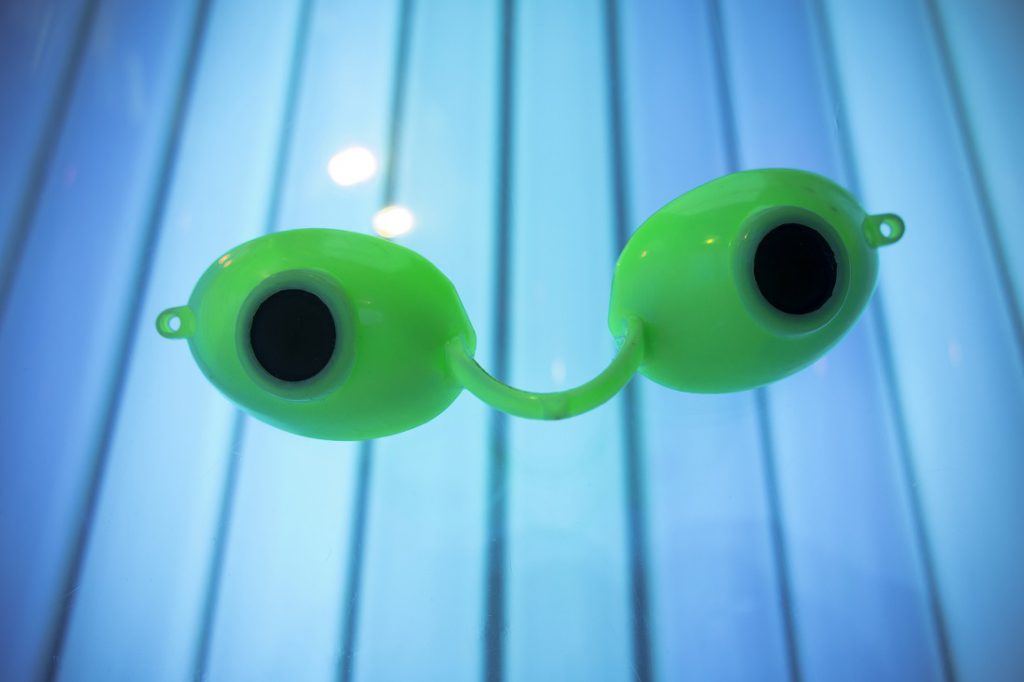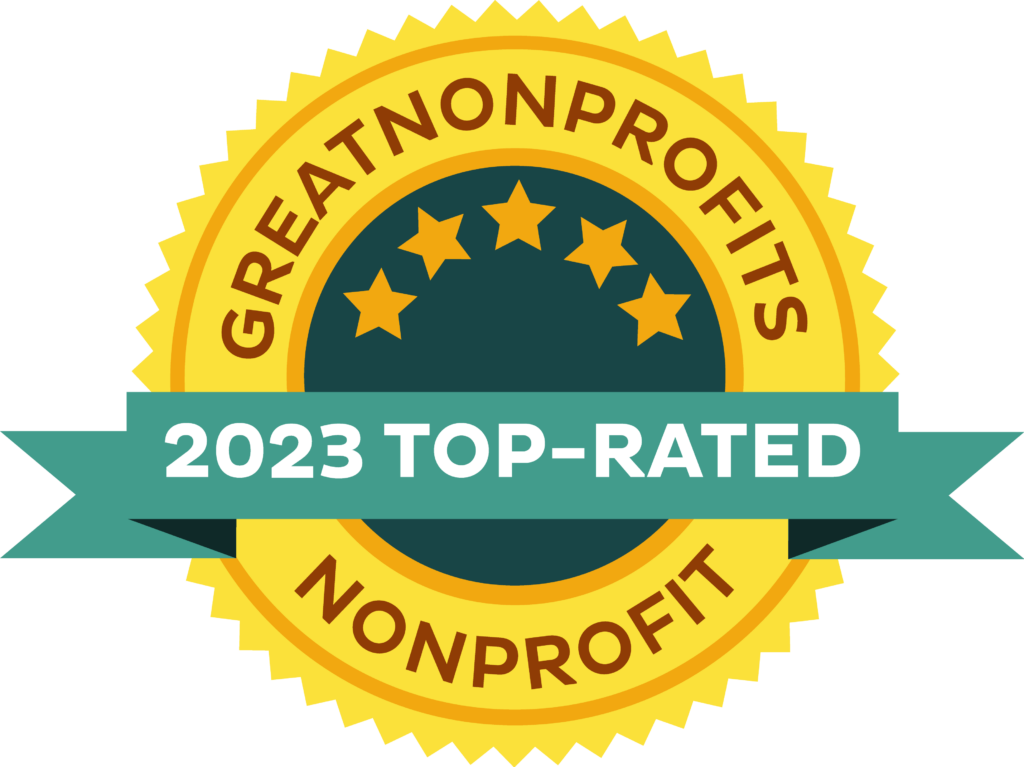Q: I occasionally use a tanning bed before a trip or a big event, just to give me a little color and a nice base tan. Isn’t that better than lying out in the sun for hours? And doesn’t it give my vitamin D a boost, too?
Lisa Chipps, MD: Where to begin? First, ultraviolet (UV) radiation, whether from the sun or from a tanning bed, is a carcinogen, just like cigarettes are a carcinogen. Both can cause cancer. And just as there’s no safe amount of smoking, you can’t get a little safe tan. The damage it does, even if it’s just a bit here and there, adds up over time and contributes to wrinkles and aging of the skin as well as to the development of skin cancer.
Two types of UV rays affect your skin: UVA and UVB. Think of UVA as what primarily ages your skin as it tans — “A” for aging. Think of UVB as the main cause of sunburn — “B” for burns. (The shortest wavelengths of UVA rays also contribute to sunburn.)
Tanning beds provide more UVA rays than UVB, and your skin uses UVB to make vitamin D. Both types of rays contribute to skin cancer. So, tanning beds are not safer than lying out in the sun.
In fact, people who have ever used a tanning bed have a 67 percent increased risk of developing squamous cell carcinoma and a 29 percent increased risk of developing basal cell carcinoma. People who first use a tanning bed before age 35 increase their risk of melanoma by 75 percent. Melanoma is being diagnosed more often in women in their early 20s, and a lot of that is attributed to tanning bed use. That’s one of the reasons many states have either banned or restricted their use for minors.
The Skin Cancer Foundation and @Refinery29 are teaming up to save lives.
Sign their petition telling the FDA to ban teen tanning.
I had a young patient who was diagnosed with a melanoma on her ankle a year before her wedding. She was a California girl with lots of tanning history, both from the beach and from tanning beds. We did surgery on her melanoma, but it left a noticeable scar on her ankle. We treated the scar with lasers and creams for about six months, and it improved, but she still felt she had to cover it with makeup for the wedding.
It’s nice to think back on that particular patient. Today she is happily married, a mother of two, working as a teacher and comes in for regular mole checks. She still doesn’t love that ankle scar but has willingly accumulated a few new ones with mole removals over the years for the sake of her health.
Another melanoma patient once asked me, “So how much can I tan? Because I really look better with a tan.” Sadly, even after being diagnosed with melanoma, many patients still choose to suntan. I advised my patient: “Go get a self-tanner or spray tan. They won’t protect your skin from further damage, but there are fabulous-looking products now.”
As for vitamin D: It doesn’t take very many minutes of sun exposure for your body to maximize how much vitamin D it can make. You likely get enough from incidental exposure or not reapplying sunscreen often enough. But seeking extra sun exposure just for the vitamin D is too risky.
Likewise, tanning beds are not a safe source of vitamin D. Instead, get the recommended 600 to 800 international units daily from oily fish, fortified dairy foods and cereals, or from supplements if needed. (Recent research in the New England Journal of Medicine has shown that anything beyond this has no additional benefits on health. And please use sun protection every day!

ABOUT THE EXPERT
Lisa Chipps, MD, is a dermatologist and Mohs surgeon who practices in Beverly Hills, Torrance and Encino, California. She is on the faculty at Harbor-UCLA Medical Center and on staff at Cedars-Sinai Medical Center in Los Angeles.
* This article was first published in the 2017 issue of The Skin Cancer Foundation Journal.




